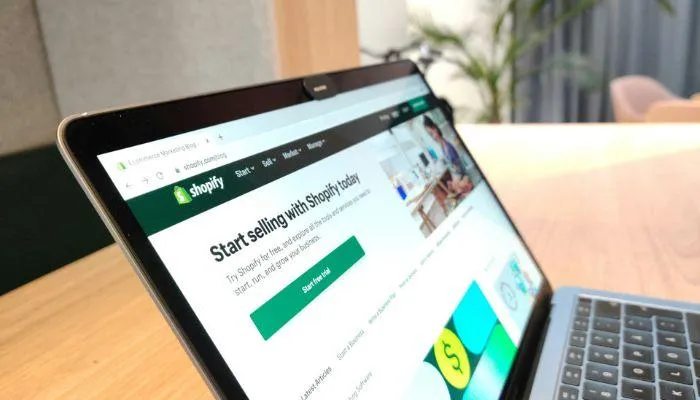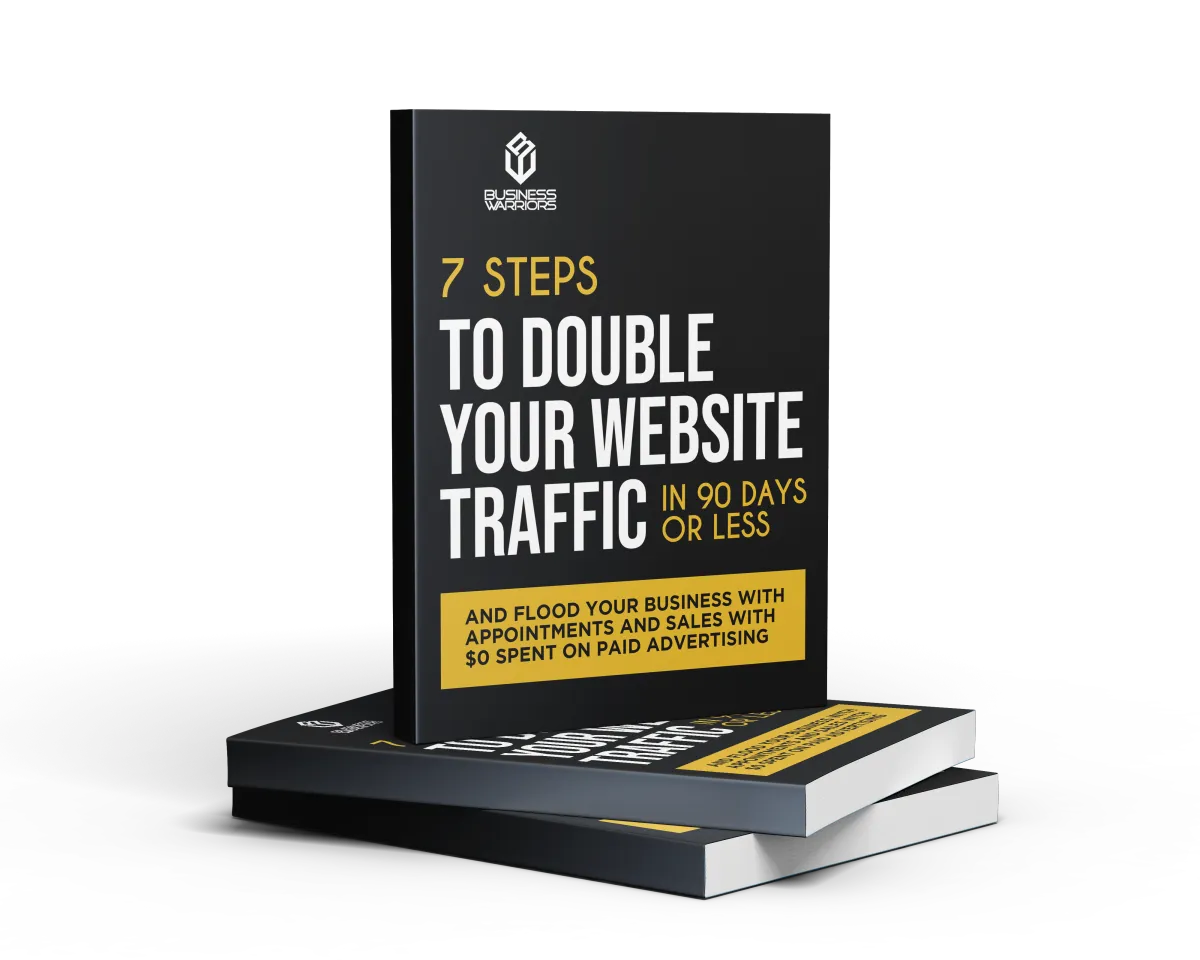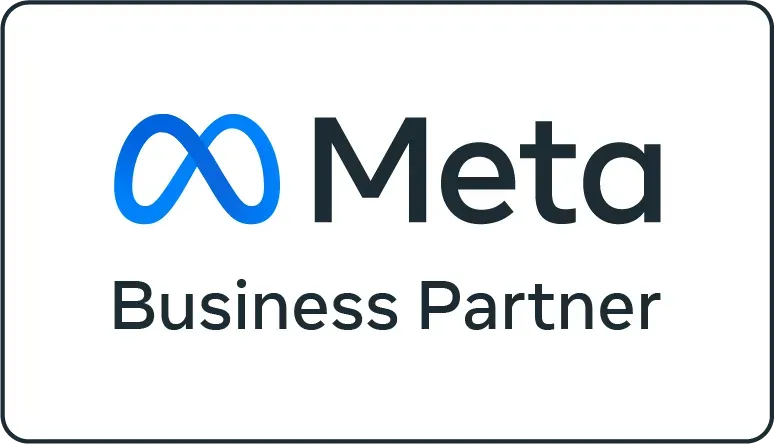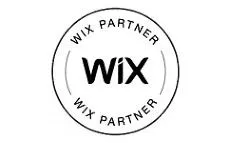Blog

How Can You Optimise Your Shopify Store for Google?
Introduction
In today’s competitive e-commerce landscape, optimising your Shopify store for Google is essential for driving organic traffic and boosting sales. With Google being the most dominant search engine, securing a high rank can significantly impact your business. Search engine optimisation (SEO) is the process of improving your site’s visibility on search engine results pages (SERPs), making it easier for customers to find your products. This blog will explore effective strategies to optimise your Shopify store for Google rankings.
Why is Google SEO Important for Shopify Stores?
Google holds over 90% of the global search engine market share, making it crucial for your Shopify store to appear on its first page. A higher rank on Google means more organic traffic, which can lead to increased sales and conversions. Without proper SEO, your store risks getting lost in the sea of online competitors. Implementing a solid SEO strategy ensures that your target audience can easily discover your products.
Conducting Keyword Research for Shopify SEO
One of the foundational steps in optimising your Shopify store for Google is conducting keyword research. By understanding the terms your potential customers are searching for and using keyword clustering to group related keywords, you can align your content with their needs and increase your chances of appearing in their search results.
Tools to Use for Shopify Keyword Research
Several tools can help you perform keyword research, including:
Google Keyword Planner: Offers insights into search volumes and keyword competition.
SEMrush & Ahrefs: Provide comprehensive keyword data, including difficulty scores and competitor analysis.
Shopify’s Built-In SEO Features: Shopify’s platform also provides some basic keyword tools to help you optimise your product listings.
Targeting Short-Tail vs. Long-Tail Keywords
Short-tail keywords are broad search terms with high competition, like “shoes,” while long-tail keywords are more specific, such as “men’s running shoes under $100.” Long-tail keywords often lead to higher conversion rates as they target more niche audiences. For Shopify store optimisation, a mix of both short-tail and long-tail keywords ensures broad reach while also capturing targeted searches.
On-Page SEO: Optimising Shopify Product Pages for Google
On-page SEO focuses on optimising individual product pages and content on your Shopify store. This directly affects how Google crawls and indexes your site.
Title Tags and Meta Descriptions
Title tags and meta descriptions are essential for SEO as they tell Google and users what your page is about. Always include your target keywords in the title tag and ensure the meta description is compelling enough to improve click-through rates (CTR).
Product Descriptions and Content
Your product descriptions should naturally incorporate your target keywords without sounding forced. Engaging, unique content not only helps with SEO but also encourages customers to make a purchase. Avoid duplicate content, as Google penalises websites that use copy-pasted descriptions.
Image Optimisation for Shopify SEO
Images play a crucial role in e-commerce, but they can also slow down your site. To optimise images:
Use descriptive file names (e.g., “red-leather-shoes.jpg”).
Include relevant alt text for better accessibility and SEO.
Compress images to reduce loading times without sacrificing quality.
Technical SEO Tips for Shopify Stores
Site Speed and Performance
Site speed is a critical ranking factor for Google. A fast-loading site improves user experience and can boost rankings. Tools like Google PageSpeed Insights can help you analyse your store’s speed and suggest improvements. Reduce loading times by minifying CSS and JavaScript files, compressing images, and leveraging browser caching.
Mobile-Friendly Design
Google now uses mobile-first indexing, which means it prioritises mobile versions of websites for ranking. Ensure your Shopify store is responsive across devices. Shopify’s themes are generally mobile-friendly, but always test your store on different screen sizes to ensure a smooth experience for users.
URL Structure
A clean, simple URL structure is essential for both users and search engines. Shopify automatically generates URLs for your store, but you can make them more SEO-friendly by removing unnecessary words and including keywords. For example, use “/mens-shoes” instead of “/collections/products/mens-shoes-1234.”
Shopify SEO Apps and Tools for Google Optimisation
Best SEO Apps for Shopify
Several Shopify apps can help with SEO:
SEO Booster: Automatically checks for SEO issues and provides quick fixes.
Plug in SEO: Offers detailed SEO reports and keyword suggestions. These apps can be useful for identifying and correcting SEO gaps in your Shopify store.
Shopify’s Built-In SEO Features
Shopify comes with built-in SEO features like automatically generated XML sitemaps and a robots.txt file, which help Google crawl and index your store efficiently.
Building Backlinks to Boost Google Rankings
Backlinks are a major factor in Google’s ranking algorithm. High-quality backlinks from reputable websites act as endorsements for your store, boosting its authority and ranking.
How to Get High-Quality Backlinks
Outreach: Contact relevant websites, bloggers, and influencers for guest blogging or collaboration opportunities.
Partnerships: Build relationships with other businesses to cross-promote content. Backlinks from industry-relevant sites hold more weight than those from unrelated sources.
Avoiding Black-Hat SEO Tactics
Steer clear of buying backlinks or using spammy tactics, as Google penalises websites that engage in these practices. Low-quality backlinks can do more harm than good.
Optimising for Local SEO on Shopify
If your business has a physical presence, local SEO can help attract nearby customers.
Setting Up Google Business Profile for Your Shopify Store
Claiming and optimising your Google Business Profile (GBP) profile ensures your store appears in local searches. Include accurate business information, such as your address, phone number, and hours of operation.
Using Location-Based Keywords
Incorporating location-specific keywords in your product descriptions and content can help your Shopify store rank for local searches. For example, “Best bakery in Brooklyn” targets a specific local audience.
Measuring the Success of Your Shopify SEO Strategy
Tracking Google Rankings and Organic Traffic
Tools like Google Analytics and Google Search Console can help you track keyword rankings and monitor organic traffic to your store. Regularly check these metrics to see how your SEO efforts are performing.
Understanding Conversion Metrics
To gauge the effectiveness of your SEO strategy, keep an eye on key metrics like bounce rate, session duration, and conversion rate. These indicators provide insights into user behaviour and can help you refine your approach to drive more sales.
Conclusion
Optimising your Shopify store for Google can significantly boost your visibility, traffic, and sales. Implementing these SEO strategies—from keyword research to technical SEO and backlink building—will position your store for success in the competitive e-commerce space. For expert guidance on optimising your Shopify store, consider reaching out to Business Warriors, a leader in helping businesses achieve SEO success.
WHAT WOULD YOUR RETURN ON INVESTMENT LOOK LIKE USING OUR DIGITAL MARKETING VORTEX METHOD TO YOUR BUSINESS?
GET THE DIGITAL MARKETING AGENCY SECRETS: 7 STEPS TO DOUBLE YOUR WEBSITE TRAFFIC IN 90 DAYS OR LESS








